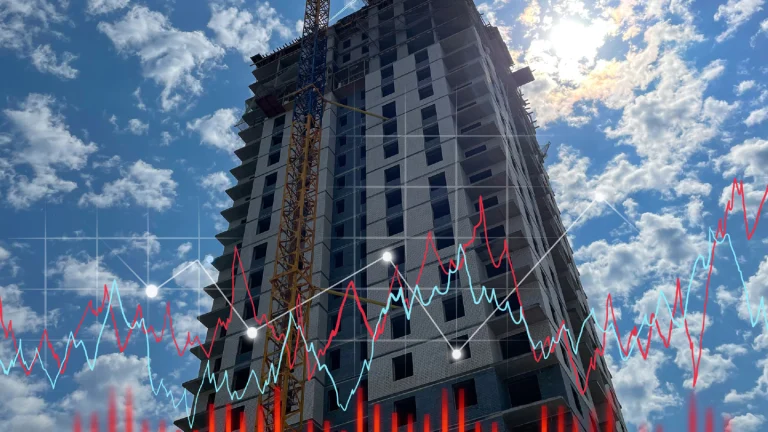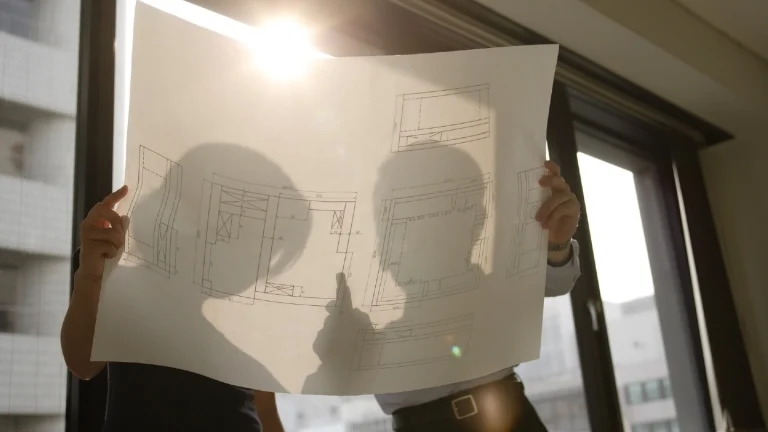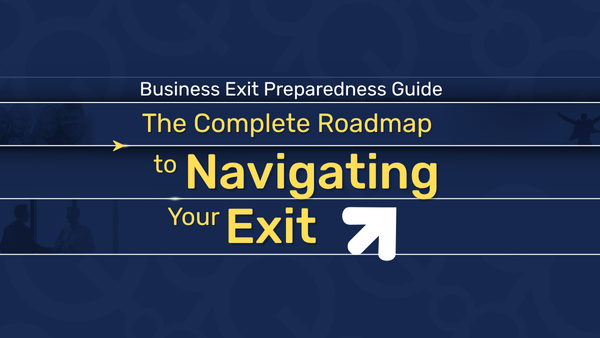If you’re a business owner watching facility maintenance costs consume an increasingly larger share of your profits, you’re not alone. The infrastructure backbone of American business is quietly cracking under financial pressure, and many successful entrepreneurs are discovering that the buildings housing their profitable operations have become their biggest financial liability.
This infrastructure maintenance crisis is pushing otherwise successful business owners into impossible choices: drain cash reserves on endless facility repairs, accept declining building conditions that hurt operations, or consider strategic options that seemed unnecessary just years ago. For business owners contemplating their exit strategy, facility maintenance pressures often accelerate decision timelines in unexpected ways.
The Scale of the Facility Maintenance Cost Explosion

As a business owner, you’ve likely noticed that facility costs are spiraling beyond anything you budgeted for. According to the International Facility Management Association, the average annual maintenance cost for commercial properties ranges from $2.00 to $2.50 per square foot. The annual facility maintenance costs for office buildings in the US now ranges between $1.60 to $2.80 per square foot, with high-end facilities reaching the upper range—costs that directly impact your bottom line.
More concerning for your business planning is the acceleration of these costs. Building facility maintenance expenses have increased at least 15% over the past 5 years in most markets. This increase dramatically outpaces most business revenue growth, creating margin compression that threatens the profitability you’ve spent years building.
The Deferred Maintenance Trap
If you’ve been deferring maintenance to preserve cash flow, you’re facing a dangerous financial trap. There is estimated to be about one trillion dollars of deferred maintenance needs in U.S. infrastructure alone, with commercial buildings representing a significant portion. Every $1 worth of maintenance you defer could quadruple to $4 in capital renewal costs later on, while industry benchmarks show that deferred maintenance costs compound by 7% per year.
This means the facility maintenance issues you’re postponing today will become exponentially more expensive problems during any future transition or sale process. Potential buyers will discover these deferred costs during due diligence, directly impacting your business valuation and exit proceeds.
The Hidden Costs Destroying Your Business Value

HVAC System Replacement Crisis
Your HVAC systems represent one of the largest threats to your business valuation. Commercial HVAC system replacement costs range from $7,200 to $36,000 or more, with average rates of $18 to $36 per square foot for office buildings. If you’re planning an exit in the next 3-5 years, aging HVAC systems will become buyer concerns that reduce your purchase price or require costly pre-sale improvements.
The average commercial building requires $1,700 in HVAC maintenance annually, not including your time coordinating repairs and managing vendor relationships. HVAC pricing has risen over 80% in the last six months, meaning those replacement costs you’ve been avoiding are becoming more expensive every month you delay.
Infrastructure Debt Impact on Business Value
Beyond HVAC, you’re facing escalating costs across all building systems that directly affect your business value. Commercial building maintenance typically consumes 12-15% of rental income, while utility expenses add $2-$4 per square foot annually. These costs reduce the cash flow that buyers use to determine your business value.
Roof repairs now cost $15-25 per square foot, while regulatory compliance upgrades often require $100,000+ per building. If you’re considering an exit, these capital requirements will either come out of your pocket before sale or reduce your sale price through buyer negotiations.
The Buyer's Perspective on Facility Conditions
Smart buyers evaluate facility conditions carefully during acquisition due diligence. They understand that taking on a business with deferred facility maintenance means inheriting your accumulated facility problems plus the compounding costs you’ve been avoiding. This knowledge directly impacts the offers they make for your business.
Energy efficiency requirements add another valuation challenge. Buyers increasingly expect energy-efficient operations, and outdated systems become negotiation points that reduce your sale proceeds or require pre-sale investments to maintain competitive offers.
Industry-Specific Impact on Business Value

Manufacturing Business Owners
If you own a manufacturing business, facility challenges carry additional risks because production interruptions directly affect revenue and customer relationships. Manufacturing facilities require specialized environmental controls, and system failures can shut down operations, creating liability concerns that sophisticated buyers factor into their valuations.
Retail Business Owners
As a retail business owner, you understand that facility conditions directly affect customer experience and sales. Buyers of retail businesses evaluate facility conditions as part of revenue sustainability analysis, knowing that declining facilities threaten future performance.
Professional Services Business Owners
If you operate a professional services business, rising CAM charges or facility maintenance costs directly impact your margins and cash flow—metrics that buyers use to determine business value. Escalating facility costs can force expensive relocations that disrupt operations during sale processes.
Your Strategic Exit Opportunity

When facility maintenance costs threaten your business value and complicate your exit planning, strategic partnership with experienced acquirers provides a solution that preserves your business worth while eliminating infrastructure cost pressures. Expert acquirers bring specialized knowledge accumulated across hundreds of facility optimization projects, enabling them to evaluate your business fairly without penalizing you for facility challenges.
For business owners facing escalating facility costs, strategic acquisition often provides better financial outcomes than attempting to solve facility problems independently before sale. Expert acquirers can preserve your business value while implementing systematic facility improvements that ensure continued operational excellence.
If facility maintenance costs are impacting your business profitability and complicating your exit planning, contact us to explore how our specialized expertise can preserve your business value while solving facility challenges that threaten your successful exit.
The Multi-Disciplinary Expert Approach to Value Preservation

Engineering and Technical Expertise
Strategic acquirers typically include engineering professionals who can evaluate your facility maintenance needs accurately and develop optimal solutions. This technical expertise ensures that facility improvements generate maximum value while minimizing disruption to your business operations.
Rather than demanding facility improvements as closing conditions, expert acquirers can assess facility conditions fairly and structure deals that account for necessary improvements without penalizing your sale proceeds unfairly.
Vendor Relationship Leverage
Strategic acquirers have established relationships with specialized facility management vendors and contractors that enable preferential pricing and service priority. These relationships benefit your business during the acquisition process by ensuring facility improvements can be completed efficiently and cost-effectively.
Technology Platform Advantages
Expert acquirers implement advanced facility management technologies including predictive maintenance tools and energy monitoring platforms that optimize facility operations. These technologies protect your business value by ensuring continued operational excellence after ownership transition.
The Expert Implementation Advantage

The transformation from facility cost burden to competitive advantage requires systematic implementation of proven methodologies across multiple operational areas. Expert acquisition teams have developed comprehensive approaches that address facility challenges holistically rather than through piecemeal solutions.
Comprehensive Assessment and Strategic Planning
Expert teams conduct thorough facility assessments that identify immediate needs, evaluate system conditions, and develop optimized improvement plans. This assessment leverages accumulated expertise across hundreds of facility optimization projects to ensure accurate evaluation and optimal solution development. The systematic approach prevents costly mistakes while identifying opportunities for efficiency gains that individual businesses typically miss.
Proven Implementation Systems and Project Management
Systematic implementation processes enable rapid deployment of facility improvements with minimal operational disruption. Expert teams manage all aspects of facility optimization including vendor selection, project management, and quality assurance to ensure optimal results. The combination of proven processes and experienced management typically reduces implementation timelines by 40-60% compared to independent efforts.
Continuous Portfolio Knowledge Sharing
Businesses benefit from continuous knowledge sharing across portfolios of facility optimization projects. Innovations, best practices, and lessons learned from multiple acquisitions are systematically shared to provide continuous improvement in facility management capabilities and cost optimization. This knowledge transfer acceleration means businesses benefit not just from expert management of their own facilities, but from innovations developed across entire portfolios of expert-managed properties.
At 9Q Exit, we bring decades of combined experience in facility optimization across diverse industries and property types. Our multi-disciplinary approach combines engineering expertise, financial analysis, and operational integration to transform facility maintenance challenges into sustainable competitive advantages. Our systematic approach to facility optimization has consistently delivered 20-30% cost reductions while improving operational reliability across our portfolio of acquisitions.







